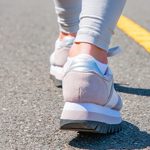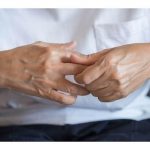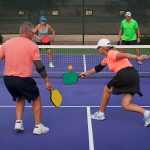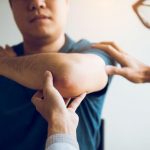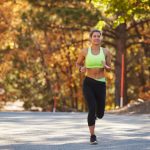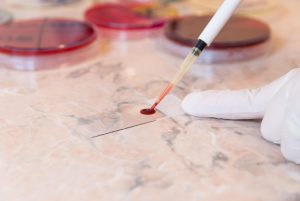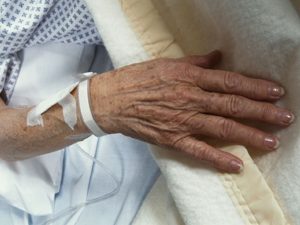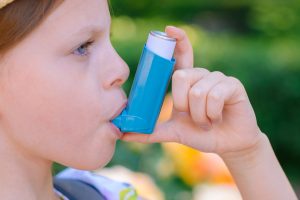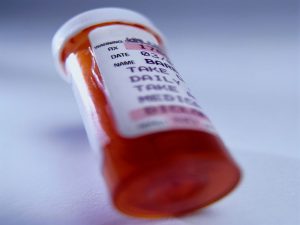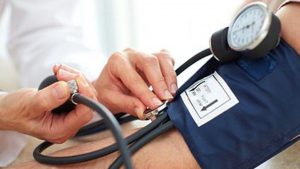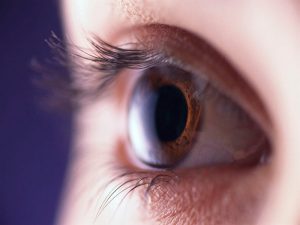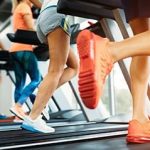
Even a little exercise can counter the harms of sitting all day, a new study suggests. Prolonged sitting raises your odds for an early death, but just 20 to 25 minutes of physical activity a day may offset that risk, researchers found. “If people, for any reason, are sedentary for most of the day, small amounts of physical activity will still lower the risk of death substantially,” said lead researcher Edvard Sagelv, from UiT The Arctic University of Norway, in Tromso. That can even include light intensity exercise like cleaning. For the study, Sagelv and his team reviewed data on nearly 12,000 older adults. They found that being sedentary for over 12 hours a day — perhaps either watching TV or sitting at a desk — raised the risk of early death, but only in those getting less than 22 minutes of moderate exercise a day. “Individuals doing more than 22 minutes of moderate-to-vigorous physical activity per day, the equivalent of the World Health Organization’s 150 minutes per week guidelines, had no increased risk of death with more sedentary time,” Sagelv said. This study, however, can’t prove that exercise alone lowered the risk of premature death, only that there appears to be an association. Still, the study “is a reaffirmation of our fundamental need to move our bodies if they are to reward us with… read on > read on >










